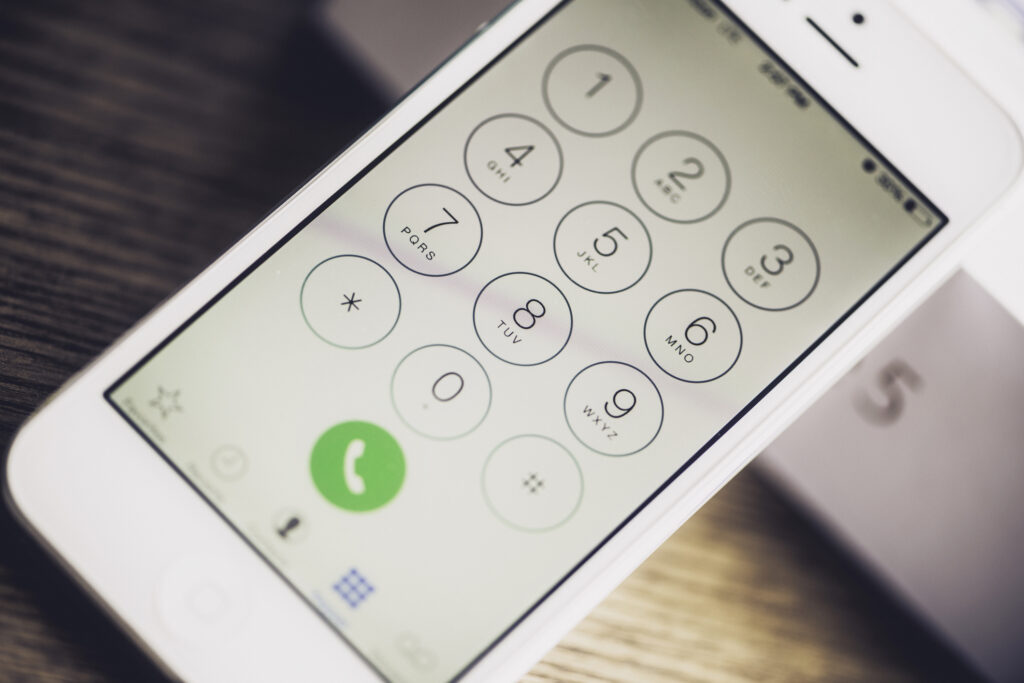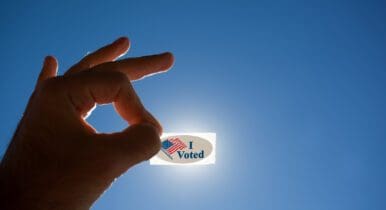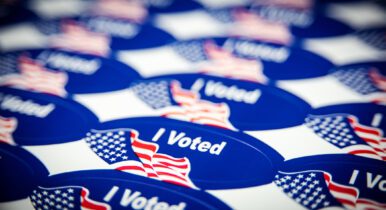As the polling industry readies itself for the 2022 midterms, there are numerous factors that could impact how pollsters collect their data and ensure that the modeling is accurate. But one issue remains: even though most people carry a mobile phone with them wherever they go, they are harder than ever to get on the phone.
For those living in swing states and other places with hotly contested races, polling fatigue is real, and as the campaigns wear on, calls and texts become increasingly annoying to residents and answer rates drop.
The proliferation of spam and robocalls has brought widespread consumer distrust and fatigue to the phone channel. This development, coupled with poor consumer data intelligence and the more recent “Unknown Caller” or “Spam Likely” display prompts, have caused answer rates to plummet and left polling organizations struggling to reach representative population samples. So what does all this mean for pollsters?
Now, it’s critical that pollsters implement solutions that help rebuild trust in telephone polls and increase voter connections.
The FCC has mandated that Communications Service Providers (CSPs) and enterprises work to address the onslaught of illegal robocalls and scams through STIR/SHAKEN call authentication and robocall mitigation technologies. But polling organizations may see immediate benefits by setting their sights on leveraging insightful consumer data to increase answer rates by delivering the extra confidence people need these days to ultimately take the call.
Consider consumer behavior to improve outbound dialing
There are usually two reasons for unsuccessful calls. The first is that the number is not in service or it belongs to someone else — both are related to bad phone data.
Contact data is constantly changing, with up to 60 percent of records in a database becoming out of date in some way in only two years. So, for every four-year election cycle, the voter information on file is in need of a complete overhaul.
A basic first step for polling organizations is to partner with an expert to leverage consumer identity data that’s continuously corroborated against authoritative data sources, to amend and enhance their voter records.
But accurate contact data alone is not a solution. A contact profile, while accurate, may still include multiple phone numbers — an office line, cellphone and landline — and provides little support in the way of formulating a successful outreach strategy. It offers contact information, but what you don’t know is how the voter uses these communication methods. Does the person actually use this number? Do they prefer to use email or text rather than a phone call? This kind of behavioral intelligence is currently missing from the pollster’s arsenal.
Adding predictive phone behavior intelligence is the next step on the path to greater dialing efficiency and helps polling organizations answer the question: Of all possible numbers I should be dialing, which numbers are most likely to be answered?
A phone behavior intelligence solution, which leverages identity sources, including carriers, to infer predictive insights into phone usage, can be incorporated into a customer relationship management system to prioritize the most contactable phone numbers for each voter, score all numbers based on their likelihood of being answered, and offer insights around the best time of day and day of the week to call each contact. These insights support a more informed dialing strategy for pollsters and significantly increase the likelihood of a call being answered on the first attempt.
Restoring trust by adding context to calls
Whether or not a call is answered boils down, in large part, to how a polling organization’s call is displayed on the voter’s call screen. If it says “unknown caller” or “spam risk” — not a chance. But there is hope. In a recent survey we conducted, 88% of consumers said they would be likely to answer a call if they knew who was calling.
Organizations often display inconsistent, inaccurate or even blank caller ID names due to variations in telephone number data across internal systems and processes. As carriers and mobile device companies implement robocall mitigation technologies, the chances of a pollster’s call being mislabeled as “spam risk” increase dramatically. The answer is to proactively validate and register all of the polling organization’s numbers across the calling ecosystem, to ensure a consistent caller display over all landline and mobile phones.
Beyond displaying accurate numbers, ensuring brand consistency and providing additional context on mobile device displays will increase customer confidence in who’s calling. Through third-party providers, branded calling solutions enable enterprises to add logos, images, reason for the call, and even department and location to the mobile display.
In fact, some government agencies are already using this technology to improve answer rates. If it’s clear that a polling company is calling, it’s more likely someone will answer than if there were no identification, and those who do pick up are far more likely to complete the poll.
The countdown begins
While outbound calls aren’t the only issue facing polling as statisticians examine how to accurately reflect voter sentiment this year, it remains clear that pollsters need to implement best industry standards to improve their forecasts and poll results this time around.
By focusing on outbound call efficiency and cultivating a trusted call experience for consumers, polling companies can improve the pool of survey respondents and, hopefully, the quality of the polls conducted. This will give officeholders, campaign managers and oddsmakers a better look into what their chances are for the 2022 midterm elections.
Tom McNeal is the Vice President and General Manager of the Public Sector for Neustar, a TransUnion company. He has more than thirty years of marketing and consumer analytics experience, with ten of those years wholly focused on supporting the public sector.



